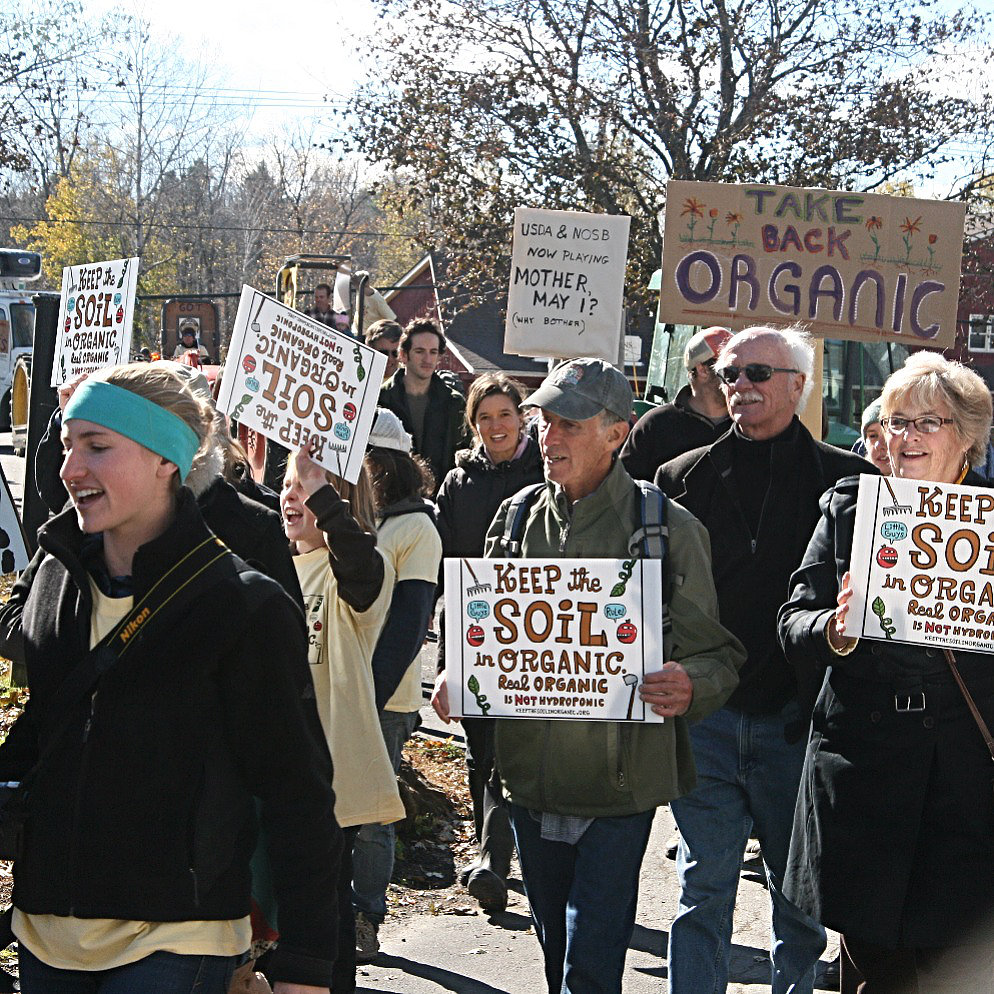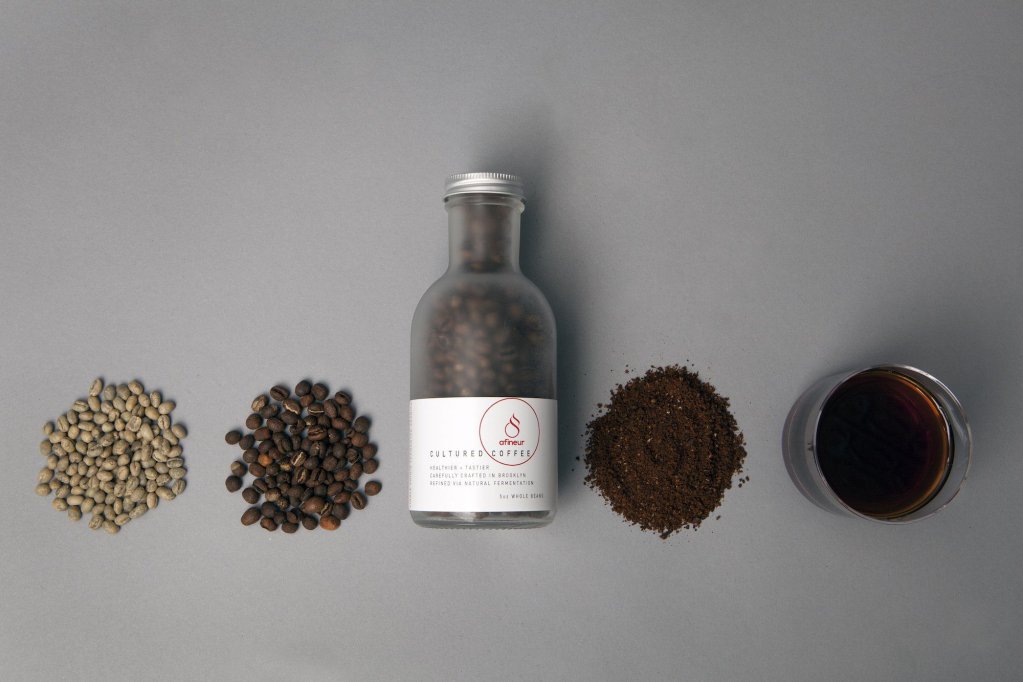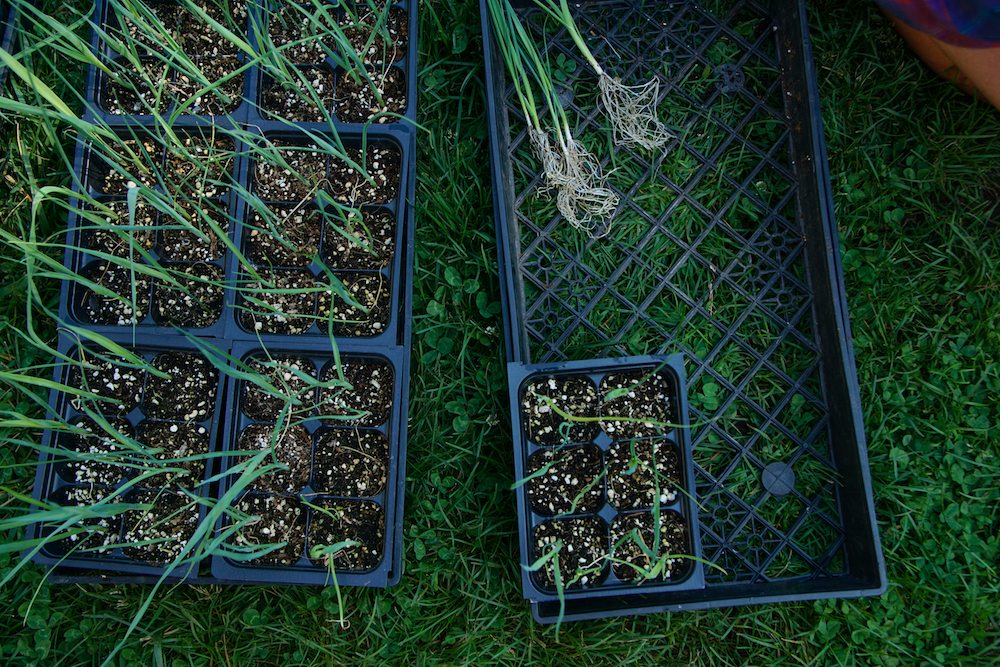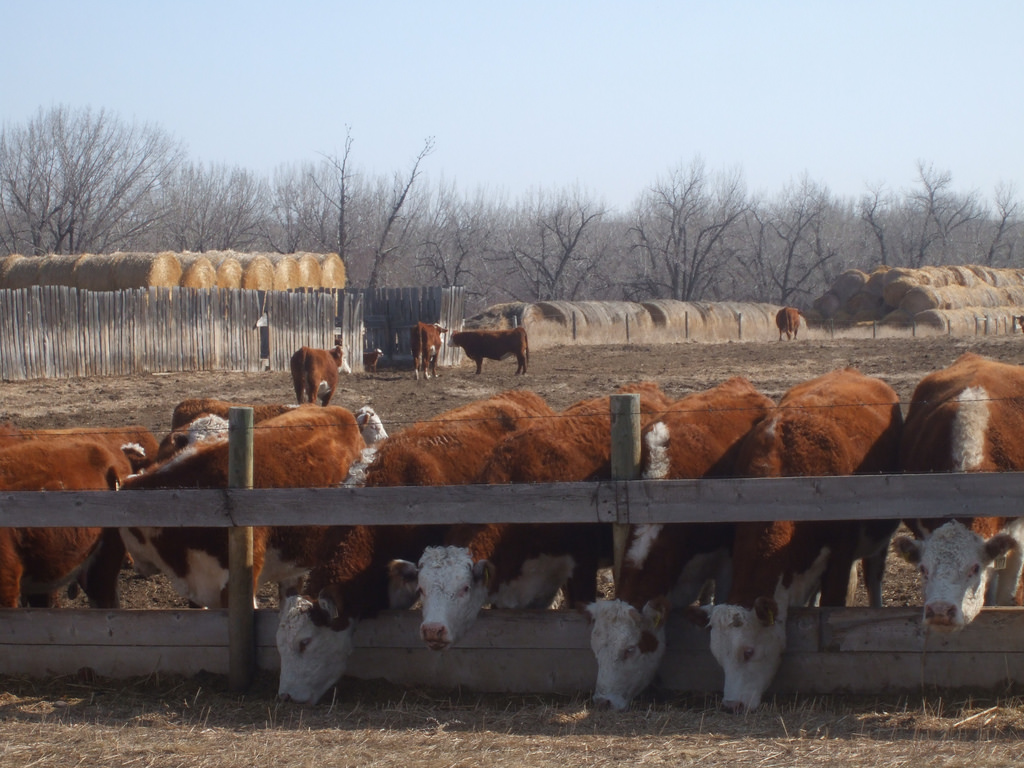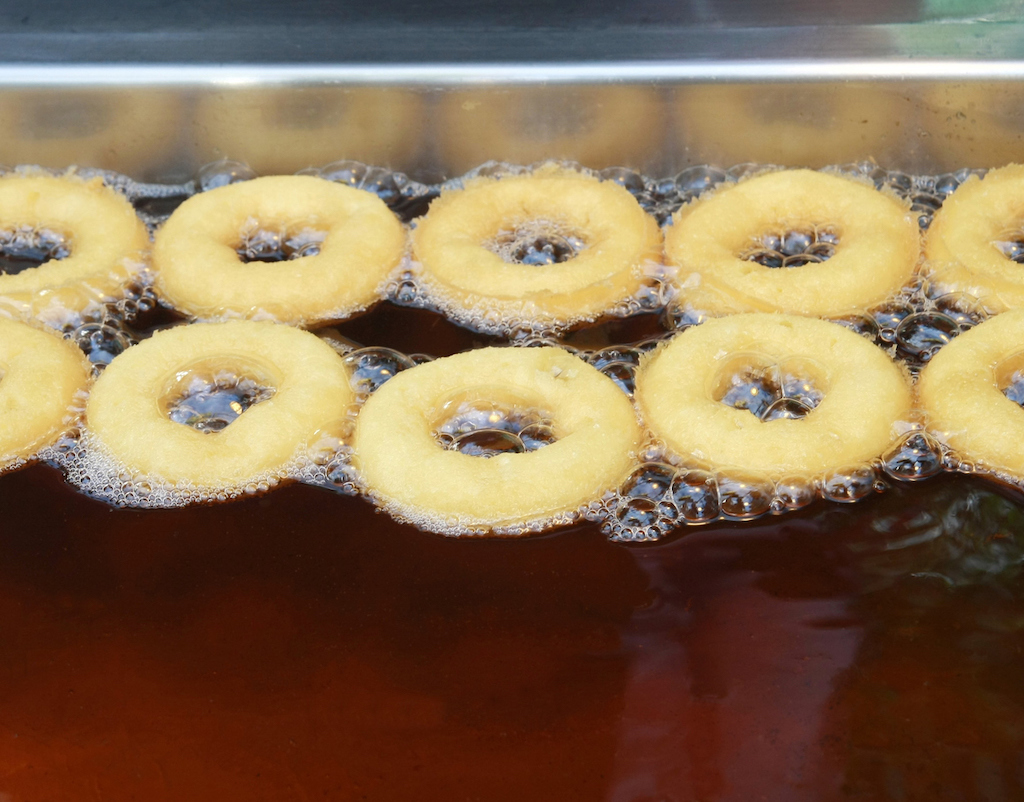After a bitterly divisive battle, the USDA has ruled that hydroponic growers can continue to be certified organic. Some say it marks the end of a still-young movement. For others, it’s a new beginning.
In Jacksonville, Florida on Wednesday, a two-decade long controversy that has the potential to change organic food production hinged on a single vote: whether or not to keep the “soil” in certified “organic.” In a series of 8-7 votes, the National Organic Standards Board (NOSB) voted that hydroponic and aquaponic growers can continue to market certified organic products.
Most Americans probably don’t think about hydroponic farms (which grow plants inside soilless greenhouses in trays of nutrient solution), and aquaponic farms (which marry hydroponics and aquaculture—or farmed fish and other aquatic organisms—to produce plants and fish crops) when they picture an organic farm. That’s because we often associate the word “organic” with a more traditional, pastoral vision of crops grown under the open air, perhaps accompanied by a red farmhouse and some cows grazing in the background.
The vote was a clear signal that the “organic” label—one with a strong public reputation and powerful market clout—is going to continue to get more inclusive.
And while that vision is far from what organic—now a more than $50 billion industry in the United States alone—has become, many organic farmers, especially the older, more traditional sort, who pioneered and advocated for the certification in the first place, want to make sure that certification extends only to this more traditional interaction with a plot of land. They feel their business—and the very value of the word “organic” itself—depends on it.
For them, Wednesday’s decision was a deeply emotional blow.
“The vibe was not mellow,” says Phil LaRocca, an organic winemaker from Forest Ranch, California, who attended the proceedings in Jacksonville.
Meanwhile, outside, a coalition of traditional, soil-based organic farmers—including Eliot Coleman, founder of Four Season Farm, who many consider to be one of the fathers of the modern organic movement—protested, brandishing “Keep the Soil in Organic” signs. LaRocca says the atmosphere at times grew “hostile” as various organic stakeholders pressed their cases. And some of those stakeholders admitted that they themselves were deeply conflicted.
“It was actually—as a long-term, 45-year organic farmer—it was a little disturbing to see a bit of hostility in the room,” LaRocca says. “And I’m not putting a judgment on that. I understand the issue and I have friends with both sides of the argument and understood both sides of the argument. So it made it very difficult for me personally to have to go through it all.”
It’s not that this decision signals any kind of immediate change. Aquaponic and hydroponic growers were already selling certified organic products, and have been doing so for years. The vote was an attempt to stop them from doing just that. But it was also a clear signal that the “organic” label—one with a strong public reputation and powerful market clout—is going to continue to get more inclusive. For some, that’s a big step in the right direction. For others, it’s a betrayal of the very values that launched a movement.
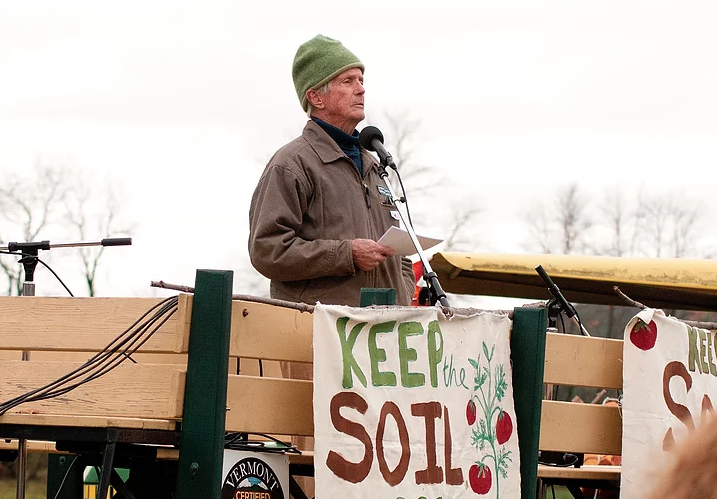
Eliot Coleman, founder of Four Season Farm, who many consider to be one of the fathers of the modern organic movement
Nearly 80 years ago, a global movement coalesced in opposition to the rapid, post-war evolution of farming practices, from traditional methods used for millennia, to commercialized, industrial-scale manufacturing methods that required less manual and animal labor and more machinery, herbicides, and fertilizer.
That movement was termed “organic farming” and the basic concept was this: Nature does it better. The farmers like Coleman who helped launch organic farming into the mainstream drew on the writings of farmer-philosophers like Liberty Hyde Baily, Rudolph Steiner, John Muir, Sir Albert Howard, and Aldo Leopold, who felt that the small, diversified farm was a “closed loop”—a managed ecosystem, even a self-sustaining organism, that produced everything it needed to consume. Animals fertilized the plants with their manure, and the plants fed the animals, and the farmer reaped the excess. Nothing was brought in from outside. Nothing was wasted. The idea was that nature already provided farmers with everything they needed, if they were just willing to be resourceful and do a little extra work.
This ancient—but increasingly unfashionable—method was posited as an alternative to what organic-minded critics called “substitution agriculture”: namely, a system that brought in what it needed from outside the farm. Petroleum-based synthetic fertilizers nourished the plants. Chemical pesticides kept bugs away. Animals, if there were any, were fed with corn and soy grown elsewhere.
What happens when an organic grower uses all the right inputs, just without any soil?
For the organic-minded, soil quality—outside the quasi-religious belief in farming as a calling and the farm as a self-enclosed cosmos—was the chief argument against substitution agriculture. Rather than using chemicals to artificially nourish plants, and keep pests at bay, organic farmers focused first and foremost on building soil health. For them, the dirt was the beginning and the end: It was why they kept animals, why they cover-cropped, why they worked so hard to diversify crops that kept balanced nutrients in the soil.
Which is why, when the federal government first began to explore codifying organic standards into law, soil was an important focus of their efforts. Some would say it was the focus.
“Several of us on the board felt that soil health should be part of the requirement for certification,” says Fred Kirschenmann, a longtime leader in sustainable agriculture, distinguished fellow at Iowa State University’s Leopold Center for Sustainable Agriculture, and president of Stone Barns Center for Food and Agriculture in Pocantico Hills, New York. “We had a lot of debates about that, but finally the board became convinced that this was an important part of the future of organic certification, and we made that recommendation to the National Organic Standards Board.”
But the attorneys at the United States Department of Agriculture (USDA) pushed back, according to Kirschenmann.
“They threw it out,” he says. “In the report they gave back to us, they said that regulations have to be answered with a yes or a no, and requiring soil health is too complex an issue.”
Instead, USDA insisted on an input-oriented system: Regulation would be focused on what went into the soil or not, but not on the more nebulous idea of soil “health.” While the final organic standard does stipulate that “the producer must select and implement tillage and cultivation practices that maintain or improve the physical, chemical, and biological condition of soil,” certification requires that a farmer use only fertilizers on the approved list, and avoid completely any chemical on the banned list.
Which brings us to the confused system we have today, and the argument that finally came to a head this week: Organic is supposed to promote soil health, but the way that the stipulation is measured is through the list of chemicals used (or not). What happens when an organic grower uses all the right inputs, just without any soil?
Karen Archipley thinks the suggestion that hydroponic farming is a newfangled interloper is just wrong. In an interview with New Food Economy on Thursday by phone, she cited some impressive—and ancient—precedents: the floating Aztec gardens and the hanging gardens of Babylon.
“Our methods are not new,” she says. “Our methods date back to 600 B.C.”
Despite this distinguished ancestry, Archipley—who runs Archi’s Acreage, a small hydroponic farm in Escondido, California, with her husband Colin—says she’s long felt excluded from the organic movement’s soil-worshiping sector. In her view, the reason is simple: “This whole issue has been about market share,” she says.
“It has outcompeted soil because it’s so cheap to do.”
It’s not hard to understand why the organic vanguard would feel threatened by hydroponics. According organic winemaker Phil LaRocca, hydroponic operations are “quicker and easier” to set up than new soil-based operations; at the same time, they can skip the onerous three-year transition period required for soil-based conventional farmers who want to start selling organic.
Soil-based advocates don’t necessarily deny this. Organic tomato grower Dave Chapman of Long Wind Farm in Vermont notes that in Europe certain crops are virtually all grown hydroponically, a massive transformation that’s taken place over the last twenty years. “It has outcompeted soil because it’s so cheap to do,” he says. According to Chapman, the real eye-opening moment for many soil-based farmers was the fact that Driscoll’s, one of the country’s biggest producers of organic berries, had switched to hydroponic.
“That was a game-changer,” he says. “Before that we thought it was a relatively minor problem.”
But that “minor problem” is now a quickly growing industry—one that, according to critics, is antithetical to the very idea of organic.
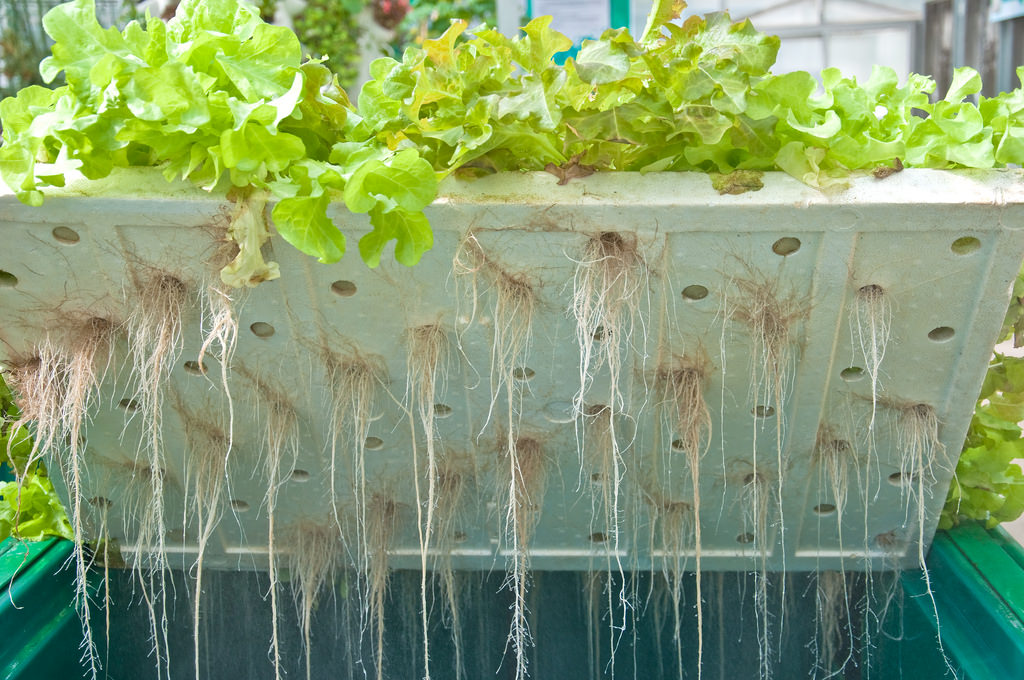
According to California Certified Organic Farmers (CCOF), a trade group representing organic growers within the state, “hydroponic systems are not inherently better or worse than in-ground systems”
“Organic has always been about the apparently magical things that happen as a result of building and maintaining the fertility of the soil. It’s not magic—it’s mother nature at her finest. But that is the belief of the organic movement: that you get plant health and animal health and human health that is unobtainable any other way if you can work with those ecosystems,” says Chapman. “Of course, hydroponic production is the opposite of this philosophy. Which is that you give the plant what it needs, and you get great plant growth. But the downside is that nutrition is inferior and the health is inferior, the system is more vulnerable to insects and diseases so you need more pesticides and fungicides. You end up in a downward spiral. It’s like eating a bad diet for a human, so you need more medicine, but the medicine is damaging to you so you get sicker. On and on it goes.”
Coleman puts it even more bluntly.
“They are growing in the spirit of greed,” he says. “The only reason these guys want organic certification is because these guys have known for a long time that hydroponic doesn’t make people’s mouths water and no one is lining up outside their grocery stores protesting for hydroponic vegetables. These guys know the organic label is the label people want. They want to illegally become part of it.”
It’s easy to see the reverence with which traditional organic farmers speak about the soil, and their way of thinking is powerful and compelling. The problem is that not everyone agrees they’re right. The soil-first ethos requires a leap of faith: to proponents, the benefits are tangible, but they’re in the eye of the beholder. The difference they describe can be observed, even tasted, if it’s not necessarily measurable by the scientific methods currently in use.
For all its cultural success, the organic industry is still in its economic infancy.
The trouble is that not everyone agrees that this advantage exists. According to California Certified Organic Farmers (CCOF), a trade group representing organic growers within the state, “hydroponic systems are not inherently better or worse than in-ground systems.” For CCOF, it’s the more, the merrier—though each approach has its pros and cons.
Coleman has a response to that: “The whole process of certifying organics is a scam to begin with,” he says, “because the certifiers only get paid if they certify something.” In other words, in his view, the certifiers themselves have an incentive to establish a big tent.
But hydroponic growers like Karen Archipley argue that attempts to keep the soil in “organic” are not an attempt to spread the wealth, but to hoard it. In her view, the old guard’s stance is inherently undemocratic, an attitude that confines organic—and the economic benefit it confers—to a group of people who have access to farmland (increasingly an expensive luxury) in the first place.
Hydroponics, according to Colin, make “it more financially feasible for small-scale growers to make a business … communities in the urban environment, who have been disenfranchised from the agriculture community, can now participate.”
For his part, Coleman says that’s a stretch.

Part of what was surely painful about the vote in Jacksonville was the sense of how far the organic community—regardless of approach—still has to go to reach mainstream acceptance. Even as the word “organic” itself has proven to have demonstrable marketing power, the fact is that only 1 percent of U.S. farmland is certified organic. For all its cultural success, the organic industry is still in its economic infancy.
And for some, that means a multi-pronged, diversified approach to organic is the only feasible way forward. LaRocca says that one of CCOF’s slogans has been “Make Organics the Norm”—and he feels that the only way to do that is to proceed by any means necessary, as long as the essential spirit of the movement is kept intact.
For Karen Archipley, putting limits on organic amounts to a larger failure of imagination about what the label can do and be, a way of squelching upstarts who may actually have some pretty good ideas—if only the old guys would listen.
“Why wouldn’t we encourage innovation in farming, especially as old as this innovation is?” says Karen. “Can you imagine if Timex tried to fight the Rolex coming out, or if Timex and Rolex could try to fight the iPhone or any smartphone from having time? That’s the difference. [They’re] really trying to stop the current and I don’t understand why anyone would do that. Why wouldn’t we try to encourage this next generation of growers and say, ‘let us show you good practices?’”
Last year, at the New York Times’ “Food for Tomorrow” conference, two unlikely antagonists sat beside each other on the stage. On one side was Dan Barber, the Blue Hill chef who, perhaps more than other modern culinary master, has promoted a vision for agriculture that mimics and mirrors nature. His book The Third Plate celebrates farmers who don’t merely grow food but “grow nature”—harnessing the power of dynamic, diversified ecosystems in the pursuit of maximum health, sustainability, and taste.
On the other side, you had Kimbal Musk, the cowboy-hatted, denim-clad brother of Elon, a venture capitalist with a sustainable food fetish—and a major investor in Square Roots, a vertical farm startup launching miniature vertical farms inside low-cost, portable shipping containers. After he finished ennumerating the economic and sustainability benefits, Barber answered with a simple rejoinder:
“It’s not making me hungry,” he said.
And there you have it, the two sides of this debate. One approach is rooted in place, and tradition, and terroir—in the belief that old-school farming, based in soil, not only tastes better but satisfies deeper human appetites, a form of stewardship that transcends the pursuit of profit. On the other hand are those who have tired of the old approaches to that, who feel that existing approaches to sustainable agriculture, for their virtues, have failed to become the norm. They’re united in a desire to bring better farming to as many people as possible, and make some money at it—even if it means fundamentally reorganizing our relationship with the land, and cloistering much of agricultural production behind closed doors.
This drama is going to continue to play out. But it’s a reminder that this argument—the fact that people care, and care so deeply—is a sign of organic’s ascent, one indication that the revolution started by what Coleman calls “a bunch of old hippies” has made a lasting impression on the culture. Maybe the current tangle, involving the pioneers who built the organic movement now threatening to abandon it, is a very natural—if also very painful—by-product of that. It’s the growing pains that inevitably come alongside success. The revolution after the revolution, perhaps.
On and on it goes, indeed.
